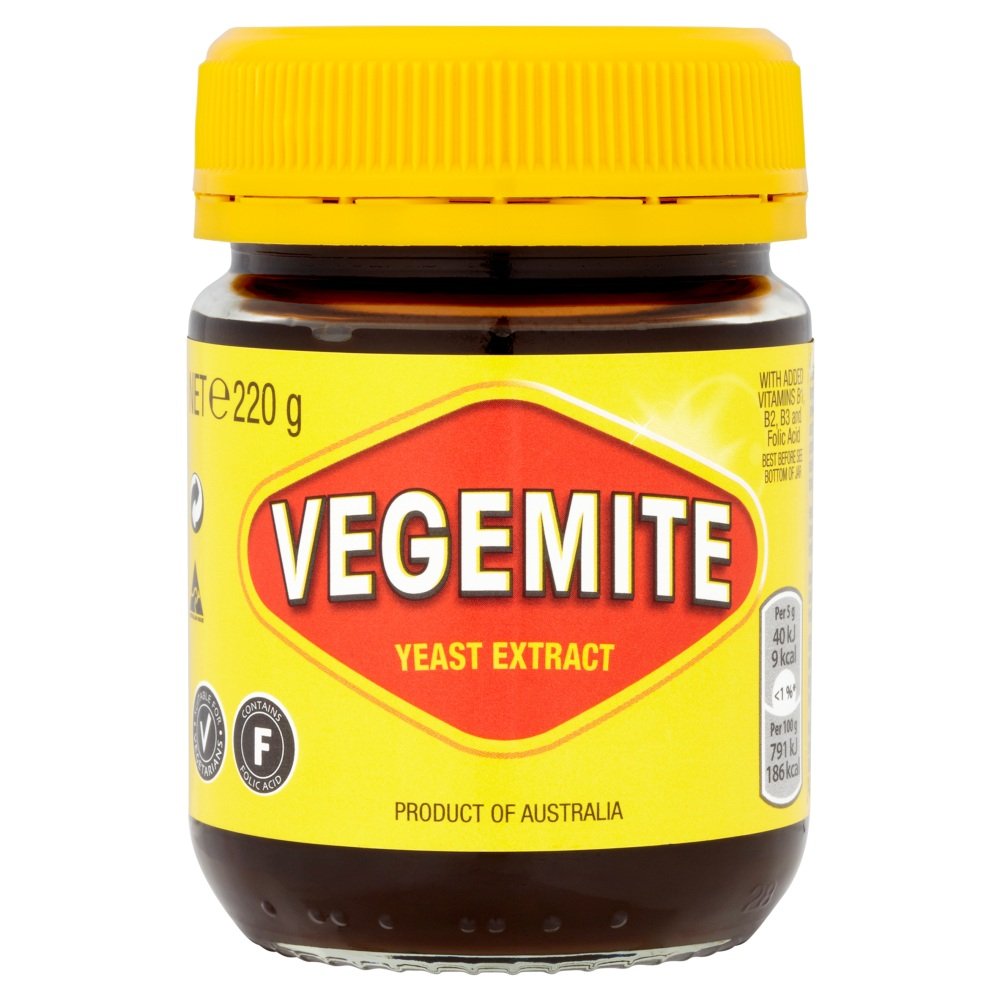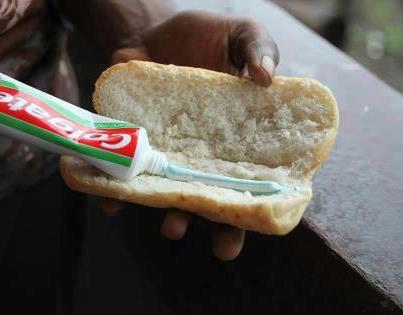See title. I also double checked the breaks are working. No picture because its just so dull.
fun fact. going slightly, and I mean slightly, under the recommended tire pressure is better for winter than overfilling. a little bit more flex means more rubber is in contact with whatever surface you are currently riding on.
This is correct. Also the theory behind fat bike tires since those have lots of surface area and lower psi. You just don’t want to go too low below the tire’s psi because then you run risk of getting flats. And fixing flats in the snow is not dull
This is a common misconception. For riding on asphalt or hard ground, narrower tires with knobs or studs are recommended because you want to cut through to asphalt using as much force per unit area possible. This is standard wisdom for basically every kind of winter weather tire, even though it is slightly counterintuitive. More surface area makes it much more likely to float on top of the snow, where you won’t get traction no matter what size the contact patch.
You’re talking about cutting through to the asphalt like you’re going through 6 inches of snow in which case i might agree with you, but since most people avoid that kind of riding then we can assume a moderate accumulation of snow since a trail/road was last shoveled. In such an event both a fat bike tire and more conventional tire width are fine for different reasons. In my experience cutting down to asphalt isn’t always the best, since there can be a layer of ice below the snow. Narrow tires/studs/knobs will have less control in such a situation than a wider tire particularly a fat bike tire that didn’t cut to the asphalt like you suggest. The more surface area you have, the more likely you’ll have at least some solid footing (or more accurately, the less likely you’ll have unsolid/ice footing). If things were as you suggest then riding road bike width tires in the winter would be done by everyone, but i haven’t known anyone riding through snow using the narrowest road bike tires.
But i don’t really think it matters all that much. I just use the same 28mm tires year round, in which case yeah my tires are great because i have biked through 1ft of snow before. Would not recommend but not not dull enough to share. And while i don’t want to make an appeal to authority logical fallacy here, these are my personal experiences riding year round bike commuting for 20 years, including riding through some blizzards. In general i would recommend snow/ studded tires and the largest width or close to the largest width your bike can handle
It’s been a while (well decades) since I used road tyres, but at least mountain bike tyres are famously recommending way too high pressure. I run about 1.3 bar in mine, while the recommended pressure on the tyres are 2.0 if I’m not mistaken.
And 2.0 is impossible to ride with. Apparently they do this to avoid lawsuits if the tyre punctures so they can argue you were running them out of spec.
I run street tires at 5 bar. Less than 2 is horribly lossy. I don’t get how Mountainbikes can run on that.
deleted by creator
Maybe they store their bike somewhere unheated and the drop is temp has meant the pressure got too low?
I wasn’t commenting on OPs choice. Just sharing a fun fact.
You should check your brakes as well :D
I’m just a fair weather cyclist, so I’m in need of education.
What benefits does inflating the tyres bring? I’d have intuitively thought that letting some air out and increasing the surface area of the rubber on tarmac would increase stability and grip, and the expense of efficiency.
Happy to learn though!
I suspect OP doesn’t cycle every week, but is planning to very soon. That’s when this kind of maintenance check is particularly useful.
If you do cycle every week, you’ll notice pretty quickly if the tires are in need of some more pressure. In that case, there’s no need to plan ahead. You just go when you need to go. There’s no need to think about the tires every time.
I too need to clean and re-oil my chain.
I tried some grease last time and it seemed fine. Didn’t particularly feel any difference, except that it probably withstood the rain a little better.Its true, I haven’t cycled for a while but will need to soon. Flat tires will have worse grip on the road, as far as I can recall anyway…
When it comes to cycling in winter, I prefer to stick with the usual pressure. Using studded tires is also recommended, but not completely mandatory.
To be clear, my tyres were flat, even for summer weather.
Was about time for (un)scheduled maintenance then.
If your tire does not break through to a solid surface, you will not get traction on snow regardless, unless you are using either absurdly large balloon tires, or a tracked vehicle. More pressure ensures that any knobs or studs or treads have the best chance possible of finding traction.
Interestingly, lower pressure and higher contact patch does not actually reduce efficiency on dry asphalt either. This is because elastic tire deformation is highly elastic, but the increase in rolling friction is small. In contrast, overly stiff tires convey more vibration into the frame, which is lost as heat, instead of being conserved elastically. Even on perfectly smooth indoor tracks, just they hysteresis losses from pedaling on an overly firm tire add up significantly.
Tires are made to operate with a certain amount of pressure in them, that’s written on the outer tire. Too little and you risk more leaks, not to mention it just takes more effort cycle.
If you want more stability and grip, you want bigger tires, like an ATB or mountain bike.
It’s great that you’re at least cycling now and then! For me it’s my primary mode of transportation… Which is possible because the Netherlands has great cycling infrastructure.
I imagine everyone using cars for everything in other countless must be a lonely thing… Not to mention all the environmental impact 🙁
I’ve been contemplating studded tires myself
I got studded tires but I haven’t put them on yet because it has been a weird year with zero snow so far.
The last set I used suggested riding 40km on asphalt or similar before going through ice and snow to ensure the studs were fully seated. You may want to check if yours have a similar recommendation.
Good call! Maybe I’ll swap them out right away before the snow hits





